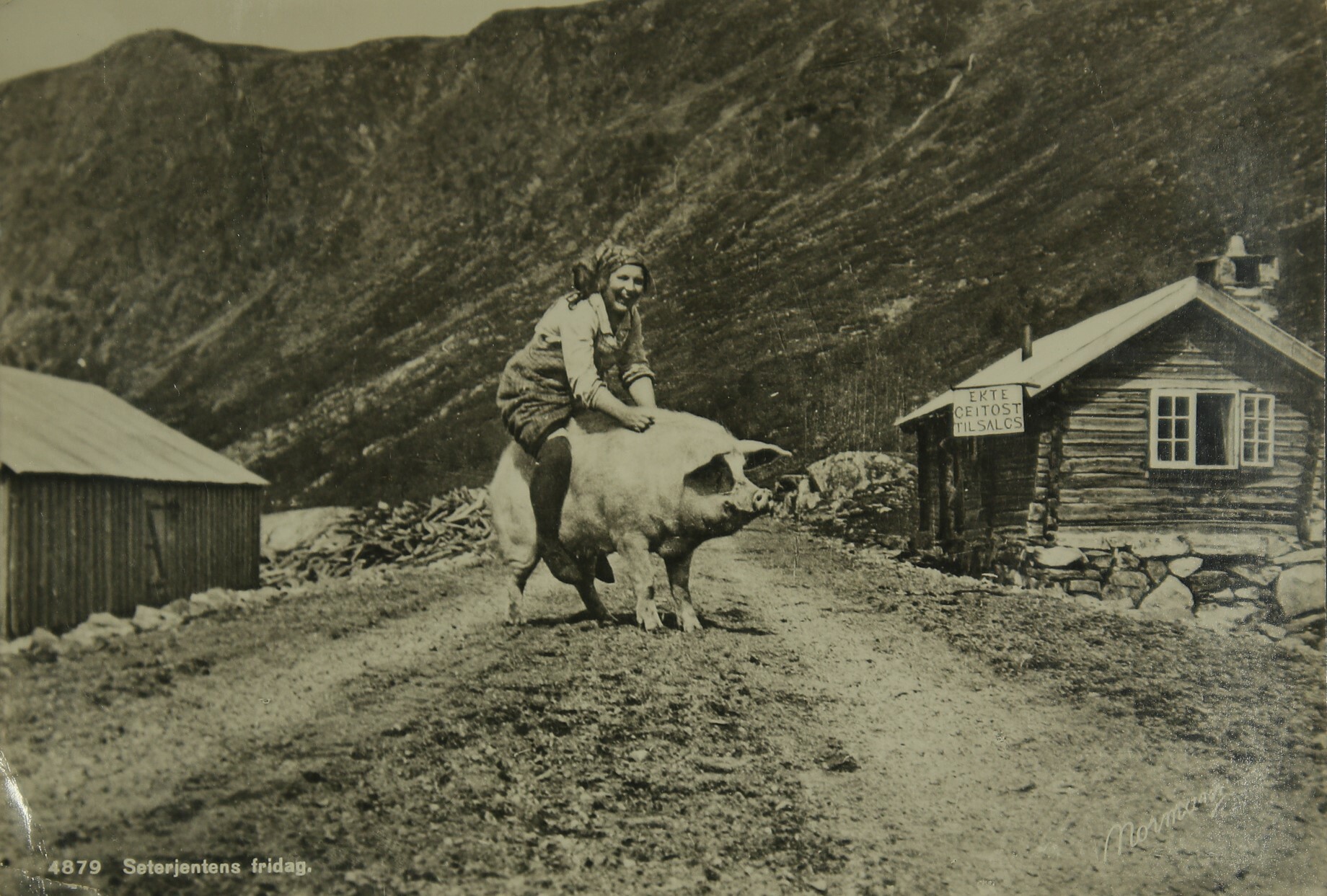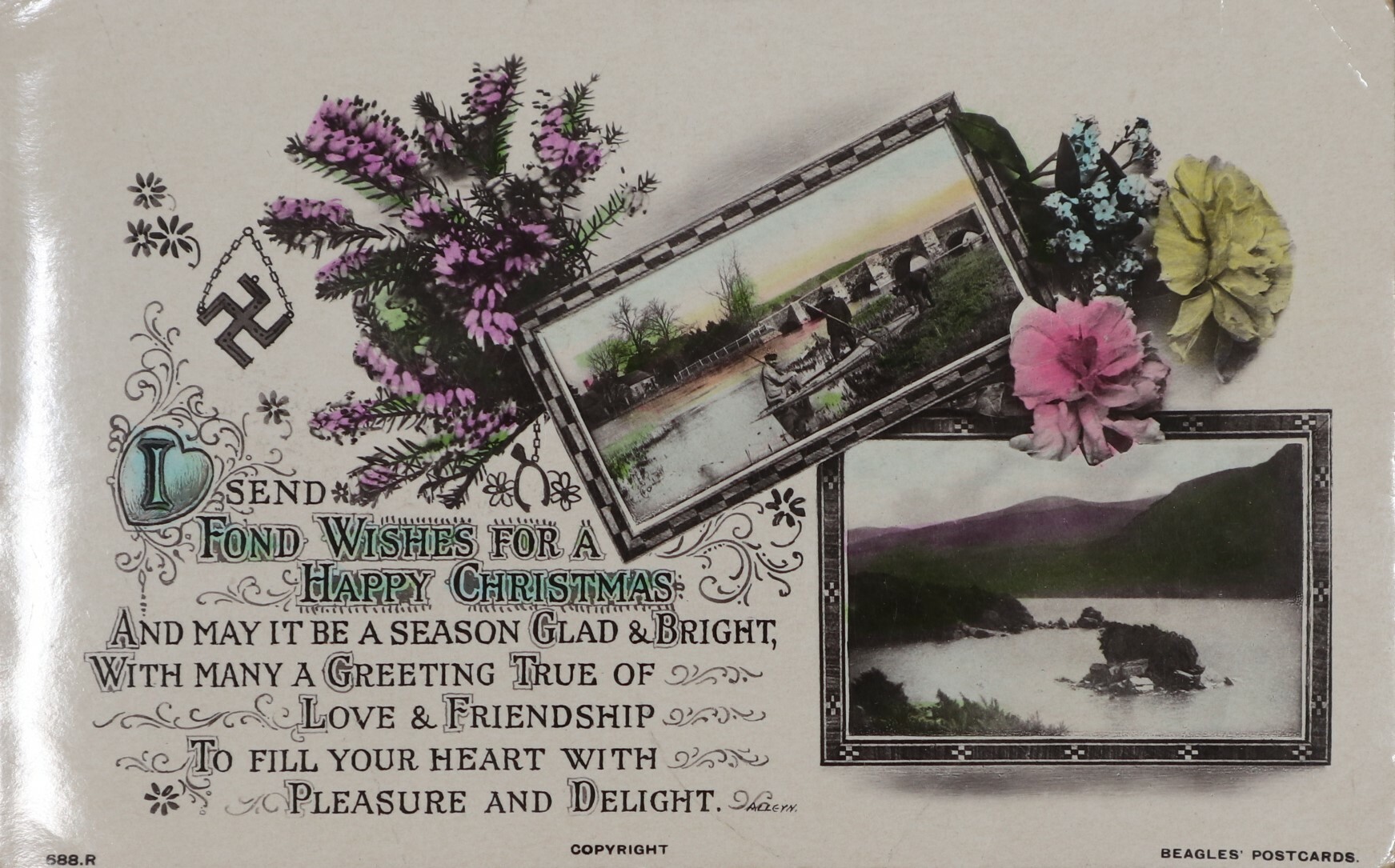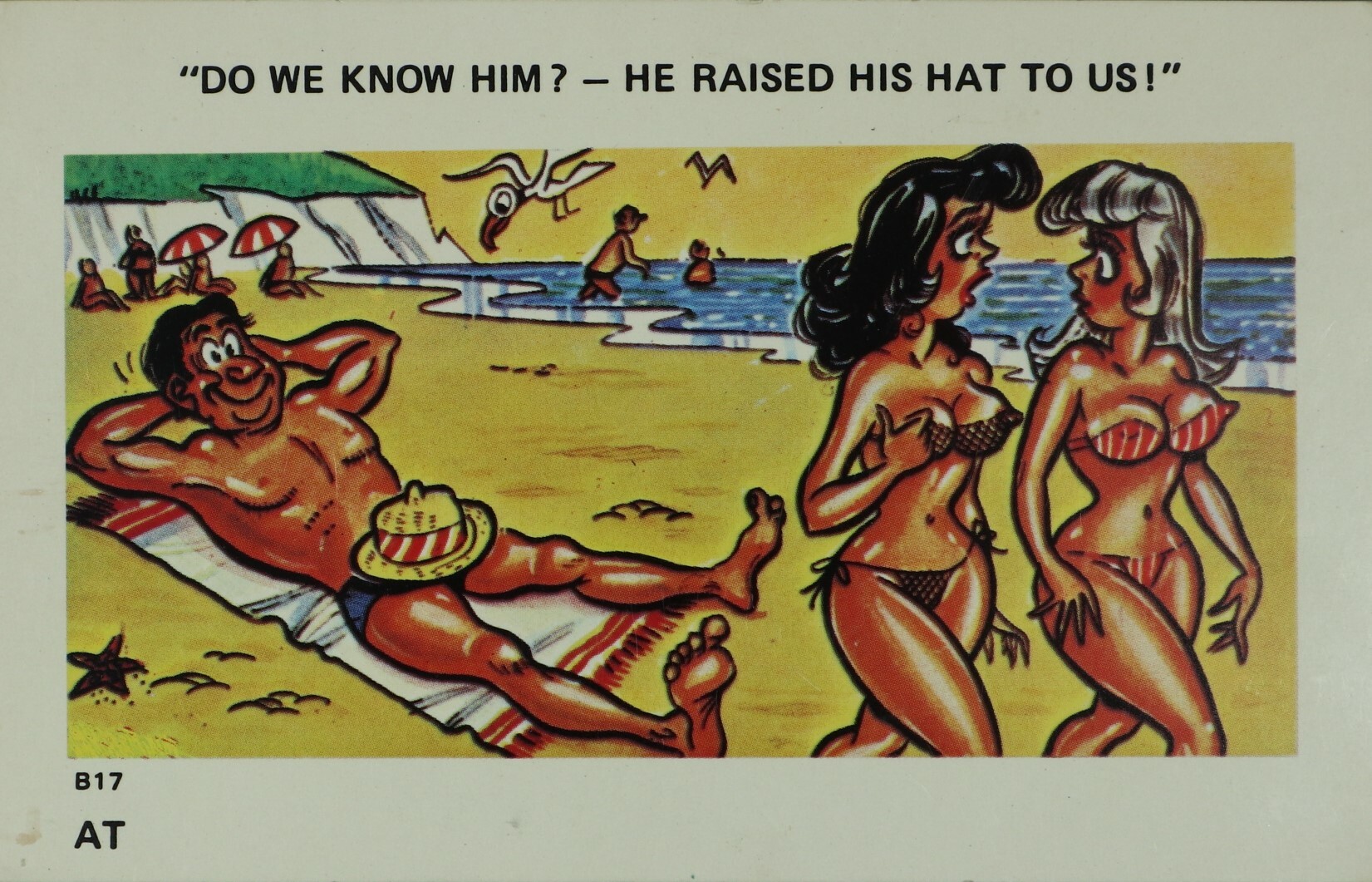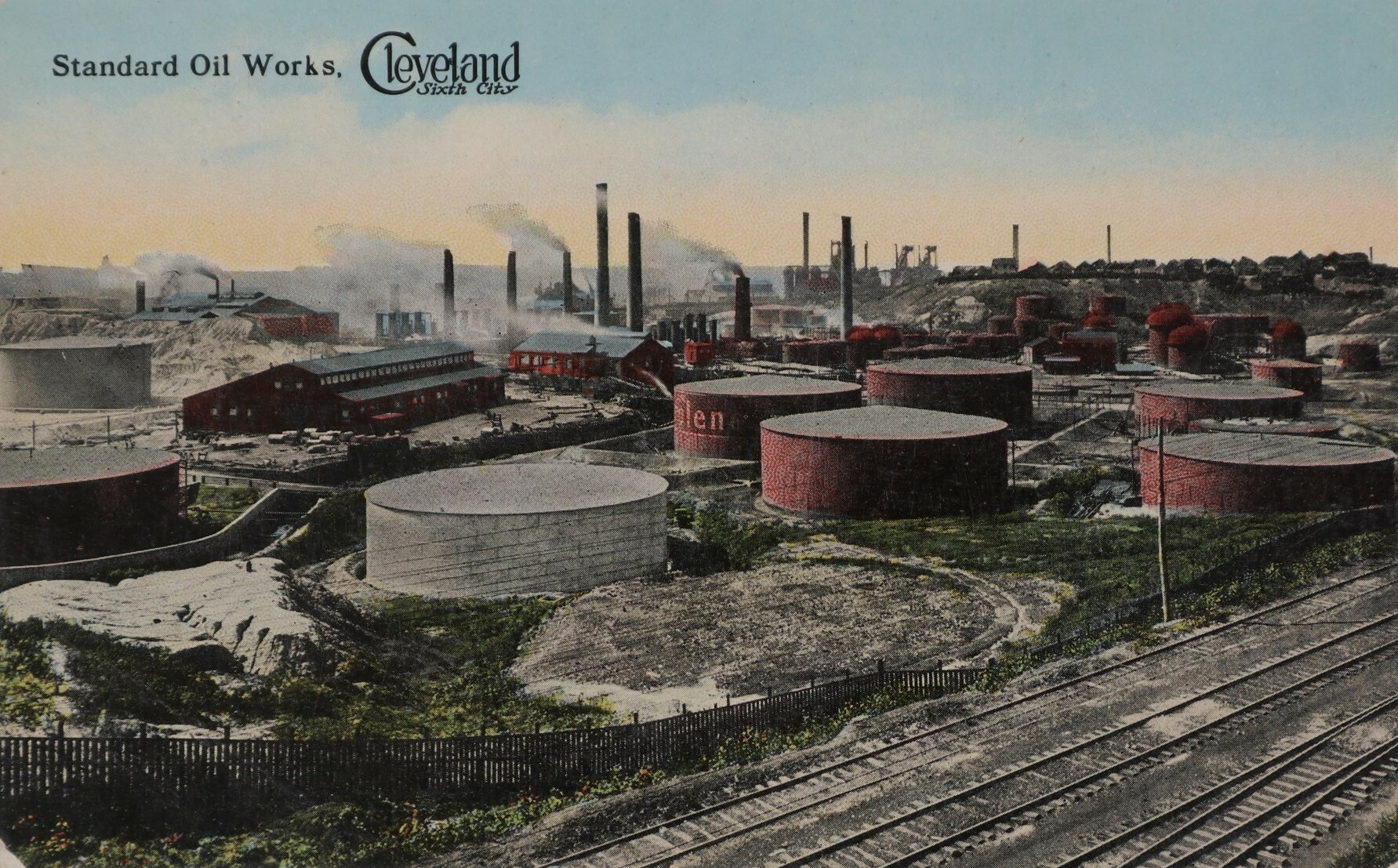When was the last time you received a postcard? I can’t remember the last time I sent one. It was probably during my big OE in 1997. Coincidentally, that was the year that I created my first email address, which possibly provides the biggest clue as to why I haven’t sent one since.
From the late nineteenth century, postcards became a popular way of sending short messages to friends and family through the postal system. From their introduction until well into the twentieth century, the designs ranged from birthday, Christmas and Valentine’s Day greetings to risqué photographic and cartoon postcards. It was also fashionable for a time to have personalised postcards printed with your own photograph on the front. However, as the folded greeting card became the preferred option to celebrate milestone events, postcards predominantly became used by holiday makers to keep those back home informed of their adventures.

The Inventory Project Team at Canterbury Museum is currently working its way through cataloguing a collection of approximately 60,000 postcards. The diversity of the themes, images, messages and ages in the collection has been eye-opening for everyone. Likewise, the evolution of the postcard and its uses over the years has been revealing. Surprisingly, one of the largest groups of postcards represented so far has been of the Greeting card type, with extravagant fronts involving ornate borders, multiple images, embossing and even glitter on some. These early twentieth century productions frequently used symbolism in the design, such as images of anchors for hope and reverse swastikas with their original message of good luck.

One of the more talked about groups has been the risqué cartoon postcards from the mid-twentieth century. With the progression of attitudes towards gender equality and sexuality over the last couple of decades, the titillating images and jokes of these cards now grate against our contemporary perspectives. Similar, but milder, postcards were making appearances much earlier, with glimpses of women’s underwear providing the saucy content over 100 years ago. A favourite subject of one cartoon postcard artist was Scotsmen, their kilts and the predicaments they got into, particularly around the time of World War One.

Postcards took on a whole new role during wartime. With dramatic changes in circumstance of the people using them to keep in touch, the designs on the front often became a format for either spreading political propaganda or lifting the spirits of the troops. Poking fun at the enemy was a common theme for both sides. However, the production of postcards dropped dramatically during this time as many of the larger British publishing firms had their postcards printed in Germany and Austria before the war. The collection of postcards at Canterbury Museum includes many from this time, mainly sent to family back home with the backs stamped and messages censored.


Of course, the reverse side of a postcard can be just as interesting as the design on the front. Which side do you find the most interesting when you receive a postcard – the front of the card or the back of it? I guess it may depend on who the postcard is from. Many of the postcards in the Museum’s collection have not been used, but those that have include a variety of messages from a simple “To Jane, From Bill”, to those that fill up every bit of space provided with tiny, squiggly writing. There has been one message so long it spread over six numbered postcards – unfortunate if one of them got lost in the post!

As the collection was compiled in New Zealand, most of the messages are in English. However, there have been quite a few in other languages and texts including shorthand and even Esperanto. Most of the postcards were produced overseas with a fantastic medley of messages, themes and designs. When asked for their favourite postcards, the Inventory Team members came up with an assortment of examples. For some, their favourites contained reproductions of artworks or photos of kittens and puppies. For one, the no-frills photos of industrial sites stood out. The wartime “Passed by censor” and “On active service” stamps along with the associated messages were thought-provoking for others.
Even though I don’t know when I last sent a postcard, I do know when I last received one. Finding a postcard in our letterbox recently from a friend visiting Berlin was an unexpected, but welcome, surprise. Sitting down to decipher the crammed up scribble on the back and reading what he had written using the fewest words possible was as enjoyable as ever. Even though postcards have lost favour as a way to communicate due to their relative slowness, it is good to know that the option is still there.





